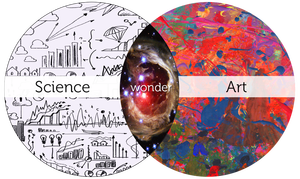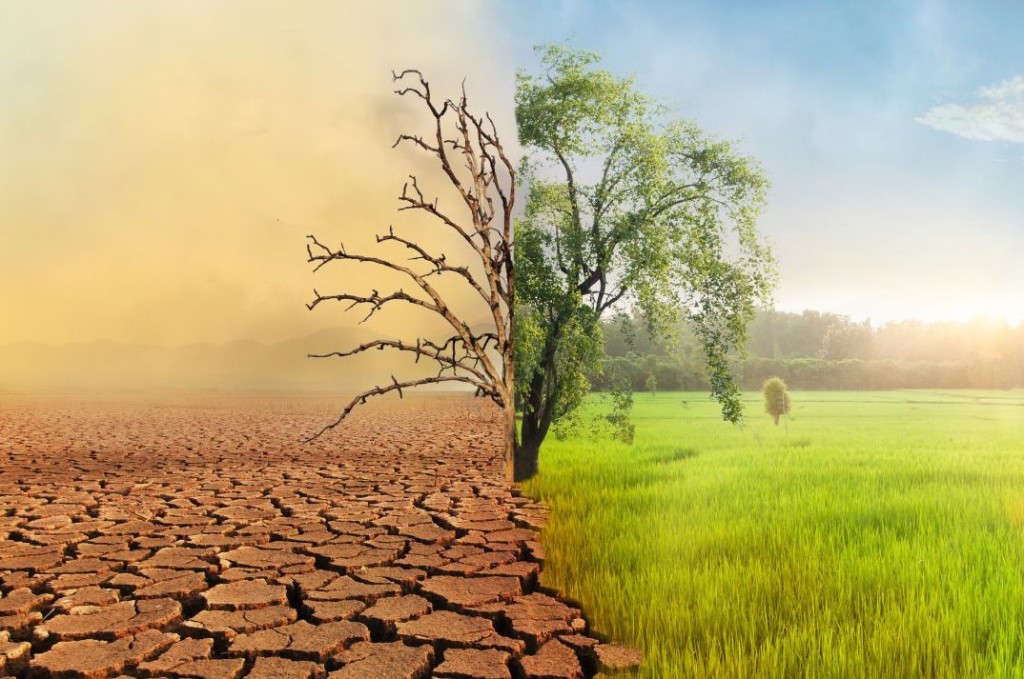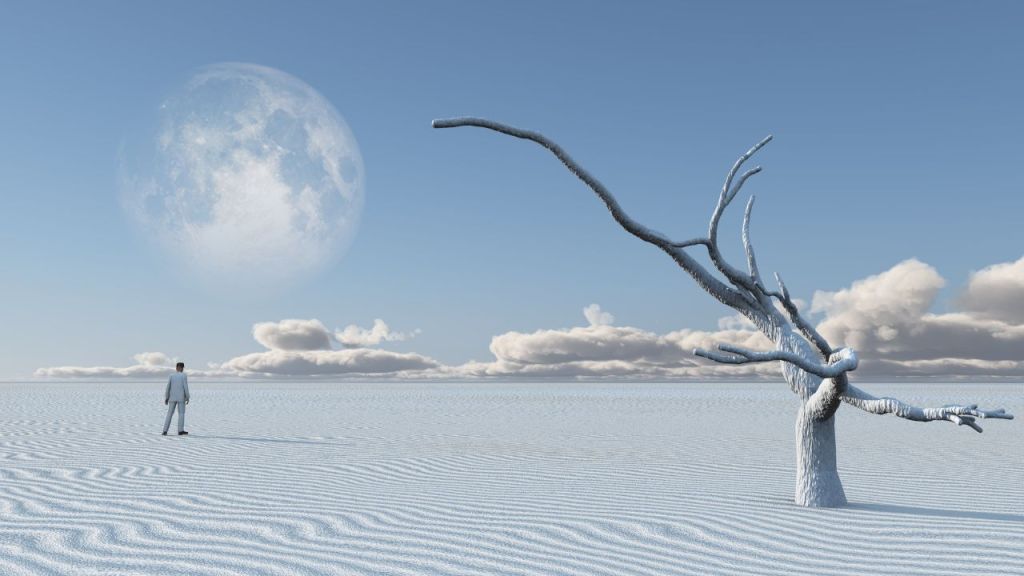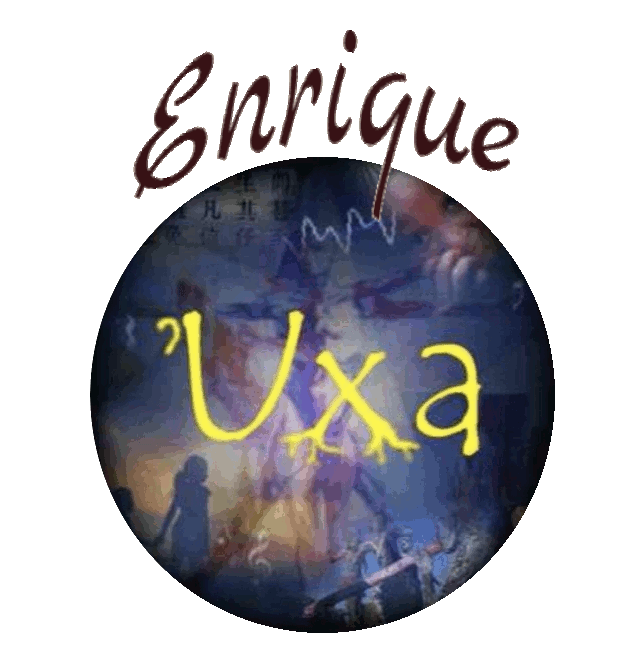
In the musings of Pythagoras, an ancient Greek philosopher, we find an early appreciation for the intricate dance between the scientific and the artistic. The incursion of scientific advancements into the realm of the arts, particularly notable at the dawn of this century, would have been an alien concept without the evolution of modern technologies, especially computing systems. The swift pace of technological progress, juxtaposed with the multifaceted crises of our environment, economy, politics, and societal values, seems to underscore the adverse impacts of technology on our world. This perspective, known as technological determinism, paints a bleak picture of art’s future, as suggested by Ortega y Gasset, with the dehumanization of art appearing inevitable. The unlimited nature of postmodern artistic expressions, as critiqued by Lyotard, embodies a quest for salvation, a narrative woven with threads of despair.

In this era, humanity appears relegated to a state of abandonment and fragility, navigating through the ephemeral dispersion of thoughts, actions, and creations across various modalities of expression, including the vast networks of techno-sciences, techno-arts, and techno-politics. Yet, adopting a critical lens, Heidegger once illuminated that technological apparatuses mirror the thought structures that give rise to them, serving as conduits for self-reflection. Technology, in its essence, lays bare the intellectual and societal currents of an era. Adorno further argued that technology, in denying culture, strips art of its societal utility, posing resistance to the homogenizing forces of technological reification in both social and political spheres, as eloquently explored in his philosophy of music and subsequent essays.
According to the principles of technological hermeneutics, individuals engage actively in shaping their own ontological, cognitive, and epistemological realities. Here, technology is not seen as a deterministic framework, a common scenario with many contemporary technological artifacts—software programs being a prime example. In our current society, these tools often require humans to translate their challenges into a machine-compatible language. This process, rather than emancipating the user, frequently results in a form of repression, compelling individuals to conform to a standardized perspective of their professional surroundings. Technological hermeneutics offers an alternative vision: people have the autonomy to configure their working environments and dictate the operational parameters for technological tools. This concept is vividly illustrated by John Cage in his “Number Pieces.” Cage uniquely employs computer technology, starting from the foundational level of software design, to craft musical scores that incorporate the principles of Zen Buddhism, thus applying these philosophies within a musical temporal framework.
From this vantage point, technology’s most fitting application is not found within the confines of historical precedents but rather in the exploration of previously undiscovered paradigms. This approach positions technology as an invaluable asset for creatives who regard the act of creation itself as the ultimate goal. Through this lens, technology is revealed to possess a subversive potential—it becomes an instrument that, in a dialectical manner, refutes the conventional motivations behind technological research and the market forces propelling these endeavors.
The creator discovers within the realm of technology, born from the wisdom inherent in nature and scientific inquiry, a potent means to challenge societal norms and liberate themselves from the oppressive shackles of an Oedipal world burdened with monotony and mortality. This perspective envisions nature as an expansive reservoir of resources, offering both technical and imaginative insights capable of freeing humanity from the grip of monotony, ushering it into a realm of diverse and inspired originality. Artistic creation emerges as a conduit for the very essence of life to surge forth. It transcends the mere display of manual or intellectual prowess, serving as yet another facet within Deleuze’s plane of multiplicities—a dynamic landscape where art possesses a therapeutic quality, capable of mapping out the contours of existence.
Through art, individuals can navigate through the rigid structures of societal norms, depicted as ‘hard lines’ encompassing conventions, stereotypes, and social repression. Simultaneously, they can discern the ‘soft lines,’ offering glimpses of alternative modes of existence and rays of illumination. Moreover, art unveils the ‘lines of flight,’ representing extreme circumstances wherein life undergoes radical transformations, birthing new forms of desire and becoming. Art, therefore, is not merely the outcome of innate talent; it emerges when individuals undergo a metamorphosis into creators, where the act of creation becomes their sole focus. It embodies a relentless pursuit—a ceaseless force driving individuals to render visible the invisible, to question, explore, and witness the fruits of their labor. This unwavering vitality marks the genesis of art, where desire fuels the creative process and propels humanity toward boundless expression and realization.

The convergence of art and life engenders an immersive experience where desire, the zest for existence, and the thrill of the unexpected take precedence. It is a realm where the production of differences, the creation of new models of thought and habitation, reign supreme—a domain echoing Buddhism’s reminder of perpetual transformation as life’s only constant. Here, identity remains elusive, fleeting, and relational—a notion that challenges entrenched beliefs in ontological permanence and static architectures where change is the sole constant.
Experimentation with differences and the unexpected serves as a means to subvert prevailing norms, tracing lines of flight that surmount the obstacles imposed by capital and its ideological constructs on cultural contexts. In this transformative paradigm, art ceases to be a harsh spectacle of suffering or a mere cathartic release; rather, it emerges as a refuge wherein novelty is proposed, vital social distinctions are generated, and new meanings for life are forged. These exploratory flights propel art towards realms of insignificance, asubjectivity, and facelessness, where the unknown beckons—an imbalance requisite for the sustenance of creation.
As articulated, “Creation is a kind of madness. It is an imbalance in the same way that our bodies need imbalance to move. To go forward, to venture and navigate the unknown, requires an impetus and a tenacious vision.” This amalgamation of art and science, or science and art, serves as fertile ground wherein rhizomatic multiplicities find absolute expression—an absolute nomad, seamlessly integrating from one realm to another, constituting a smooth space amidst the infinite succession of collections and directional changes. This absolute confounds itself with becoming or the process—a territory of creation, the very essence of life and art, transcending the ego’s futile aspirations to liberate itself from the instruments of suppression and mutilation imposed by institutionalized instincts—be it the Pauline, clerical instinct or the Oedipal impulse, stifling any hint of human autonomy and sovereignty.
To break free from the confines of the known, one must heed a call to action: “Most of us have done what we were told to do and we navigate quietly on the river of life on the waves of conditioning and conformity that tomorrow will be forgotten. Momentary recognitions are like daffodils on our tomb. Time passes and we have not quantified life. We have only played our passive role on a temporal stage, and that is the problem, we have been passive all our life. Rise, I tell you, and challenge the crushing weight of darkness. Dare to discover the powers that God has given you and reveal these to all living beings. Free yourself from the known, sing the joy, the sadness, and the passion of life, the beauty, death, and rebirth, the creation that has eternal value. That is art, that is life.”

3 thoughts on “Art and Science”